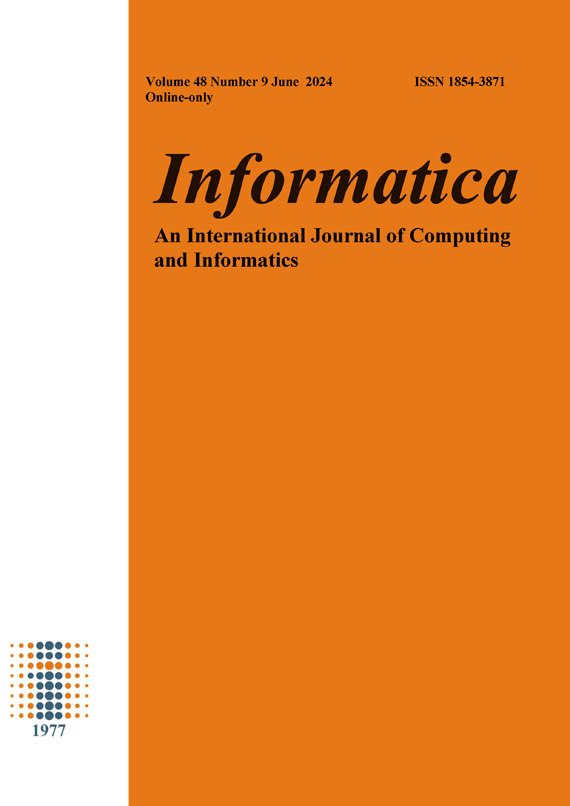Student Classroom Teaching Behavior Recognition Based on DSCNN Model in Intelligent Campus Education
DOI:
https://doi.org/10.31449/inf.v48i9.5755Abstract
In the contemporary era where artificial intelligence technology is becoming increasingly popular, its introduction into classroom teaching has become an important way to improve teaching quality. However, traditional methods for student behavior recognition suffer from low efficiency and insufficient accuracy. Therefore, a student classroom teaching behavior recognition scheme based on a dual stream convolutional neural network model was proposed in this study. The research focused on the visual geometry group and Res-Net method of convolutional neural networks and introduced knowledge distillation technology to optimize model efficiency. To further improve the performance of the model, an attention mechanism combined with a dual stream convolutional neural network model was ultimately constructed. The results confirmed that the recognition accuracy of the model reached 88.1% on the UCF-101 dataset and 89.4% on the STUDENT dataset. The accuracy rates of classroom teaching behavior recognition for students using mobile phones, writing, chatting, raising hands, and sleeping were 97.0%, 87.9%, 90.7%, 89.2%, and 96.1%, respectively. The processing speed of this model on the UCF-101 and STUDENT datasets was more than twice and 1.5 times that of traditional DSCNN models, respectively. Therefore, the proposed attention mechanism combined with the dual stream convolutional neural network model has demonstrated excellent recognition ability. This study provides key technical support for the intelligent transformation of the education industry.
Downloads
Published
Issue
Section
License
I assign to Informatica, An International Journal of Computing and Informatics ("Journal") the copyright in the manuscript identified above and any additional material (figures, tables, illustrations, software or other information intended for publication) submitted as part of or as a supplement to the manuscript ("Paper") in all forms and media throughout the world, in all languages, for the full term of copyright, effective when and if the article is accepted for publication. This transfer includes the right to reproduce and/or to distribute the Paper to other journals or digital libraries in electronic and online forms and systems.
I understand that I retain the rights to use the pre-prints, off-prints, accepted manuscript and published journal Paper for personal use, scholarly purposes and internal institutional use.
In certain cases, I can ask for retaining the publishing rights of the Paper. The Journal can permit or deny the request for publishing rights, to which I fully agree.
I declare that the submitted Paper is original, has been written by the stated authors and has not been published elsewhere nor is currently being considered for publication by any other journal and will not be submitted for such review while under review by this Journal. The Paper contains no material that violates proprietary rights of any other person or entity. I have obtained written permission from copyright owners for any excerpts from copyrighted works that are included and have credited the sources in my article. I have informed the co-author(s) of the terms of this publishing agreement.
Copyright © Slovenian Society Informatika








